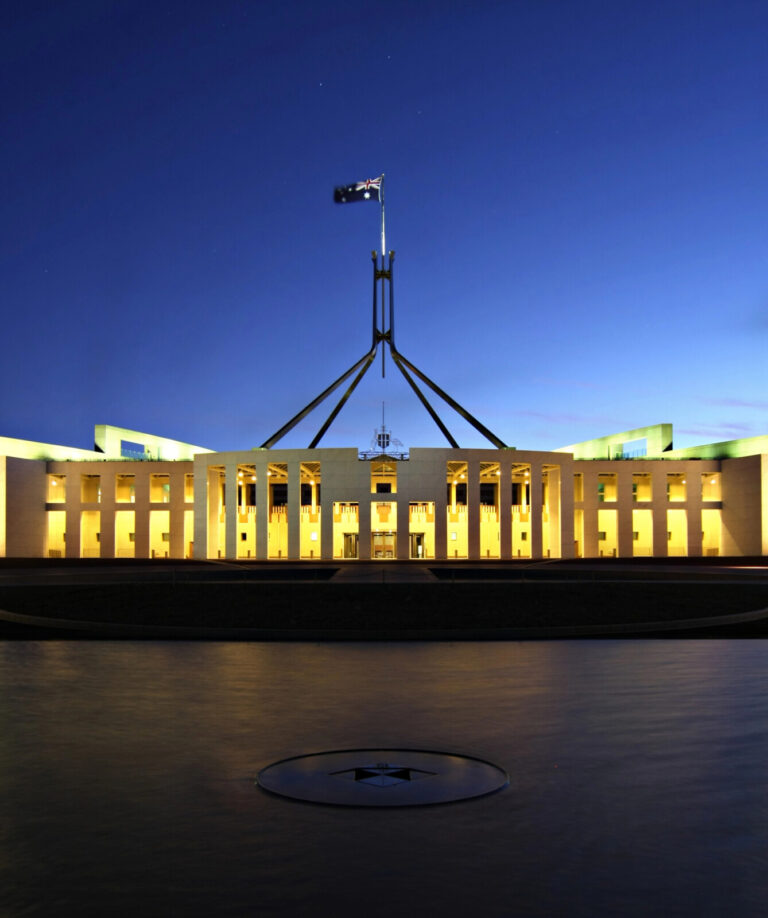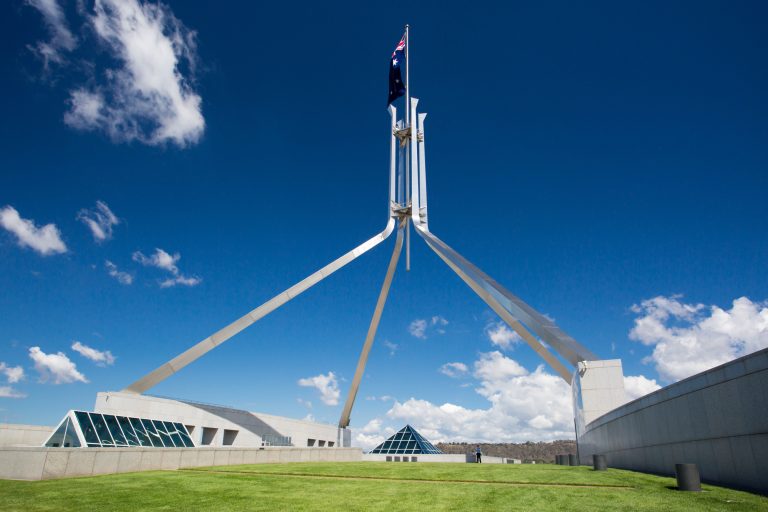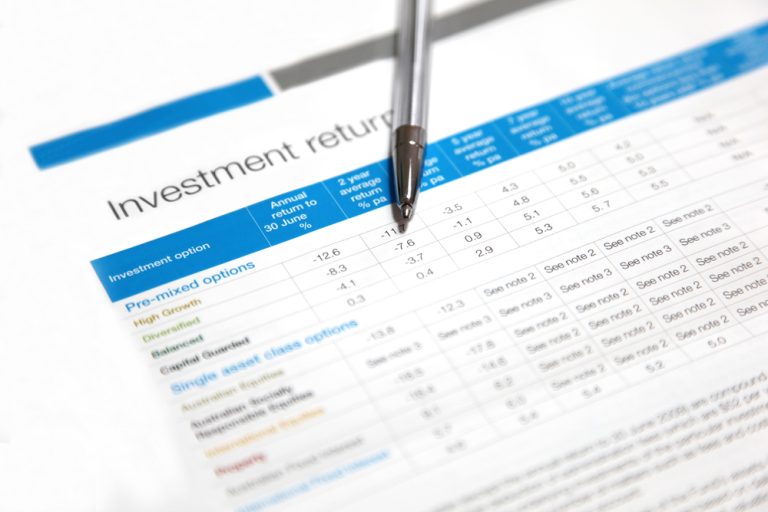Achieving a high income is a significant accomplishment. You’ve put in the hard yards, climbed the ladder, and now you’re pulling in the big bucks! But don’t be mistaken; a high income does not automatically equate to financial security. Just because the money is rolling in today doesn’t mean you’re protected from tomorrow’s uncertainties. Resting on your high-income earner laurels, assuming that a large salary guarantees long-term security without considering long-term financial planning, can be downright risky. So, before you get too comfortable, it’s time for a reality check. When “More” Becomes the Norm Earning more often leads to spending more, a phenomenon known as lifestyle inflation. As your income grows, so does your desire for bigger and better things—a nicer house, a new car, dinners at fine restaurants. This lifestyle upgrade can feel deserved, but without careful planning, it can leave you no better off financially than when you earned less. For instance, imagine a couple earning a combined $350,000 a year. On paper, that sounds like a strong financial position. But between a large mortgage, car loans, private school fees, and regular international holidays, their expenses could easily absorb most of their income. If an unexpected event like a job loss or economic downturn were to happen, they’d find themselves in a precarious situation, with little financial buffer. This is the danger of lifestyle inflation: it’s subtle and easy to justify, but it can undermine your ability to build real wealth. High Income ≠ Financial Security A high income can create the illusion of financial security. It’s easy to assume that as long as the money is coming in, you’re set for life. But without the right safeguards in place, a high income can actually mask financial vulnerabilities. Take Liam, for example. Liam, a 34-year-old marketing executive in Sydney, was earning $250,000 a year and living a pretty comfortable lifestyle. He assumed his high income meant he was financially secure. But when the pandemic hit, his job was made redundant, and without an emergency fund or sufficient savings, Liam found himself in financial distress within months. Liam’s story illustrates a key point: a high income is not a substitute for financial planning. If your finances aren’t structured to handle changes, even a hefty salary won’t protect you from financial uncertainty. How to Future-Proof Your Finances So, how do you make sure you’re not resting on your laurels, assuming that your high income will take care of everything? Here are some strategies to ensure you’re future proofing your finances, no matter how much you earn. 1. Create a Budget and Stick to It A budget is just as important for high earners as it is for those with more modest incomes. Avoid the temptation to spend simply because you can. Instead, allocate funds towards savings, investments, and building an emergency fund. 2. Build an Emergency Fund Even high earners need a safety net. A good place to start is having 3-6 months of living expenses in an emergency fund. This ensures that if something unexpected happens you’ll have the financial resources to cover your expenses without going into debt. 3. Invest Wisely Don’t rely solely on your salary—make your money work for you by building a diversified investment portfolio. The earlier you start, the better, as even small investments can grow significantly over time thanks to compound growth. Don’t wait—time is your biggest asset when investing! 4. Plan for the Long Term Even if retirement seems far away, it’s never too early to start planning. Superannuation is a tax effective structure for building wealth and making contributions to super can be a tax effective strategy for high income earners! 5. Don’t Overlook Insurance Insurance might not be the most exciting part of financial planning, but it’s essential. Income protection, life insurance, and health insurance are vital tools to safeguard your financial future. Take Control Before Life Happens While earning a high salary certainly opens doors to a more comfortable lifestyle, it also comes with the risk of complacency. The belief that you’re financially set simply because you’re earning more is dangerous. Lifestyle inflation, lack of an emergency plan, and failure to invest wisely can all leave you vulnerable when life throws a curveball. It’s not about depriving yourself of the things you enjoy—it’s about ensuring that your financial future is secure, so you can continue enjoying them for years to come. So, don’t rest on your laurels. Take proactive steps now to secure your financial future. You’ve worked hard for that high income. Now its time for that income to work for you! The information provided in this article is general in nature only and does not constitute personal financial advice.























